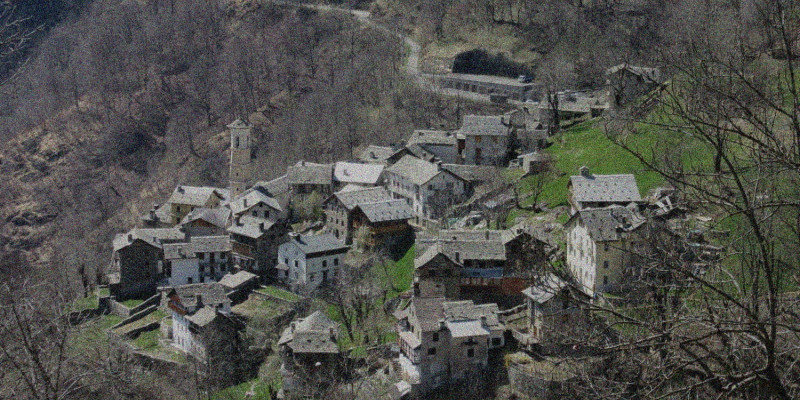Mundania
Mundanisation is a process through which unfathomable technological complexity is camouflaged and turned into the ordinary. The concept addresses how a protective layer between overwhelming, even ominous complexity and commonplace everyday life is engendered when technologies are used. It moves beyond understandings of technologies as something that become domesticated. It is not about something wild becoming tamed (domesticated) or converted step-by-step into parts of everyday life. Instead it captures how complex arrangements of technologies and human organisation maintain its incomprehensible unmanageability while still being transmuted into the ordinary, the mundane, the commonplace in people’s everyday lives. Mundanisation generate the everyday realm of Mundania.
The audio paper takes its point of departure in notions of what is audible and moves over to processes of mundanisation. The paper combines voice-over with sonic compositions derived from manipulations of a single recorded sound. The way the recording is sonically transformed intensifies the oral reflections and arguments.
This paper as well as the further development of the Mundania-concept is inspired by artworks like Alvin Lucier’s work I am Sitting in a Room (see Kahn 2009) and discussions on noise, mediation and transduction (Demers 2010; Helmreich 2010; Kahn 1999; Krapp 2011; Willim 2013) as well as research within social and cultural sciences on technological development and materialities of media (Parikka 2015; Pink et.al. 2016; Plotnick 2018; Thrift 2004), and the implications of (media) infrastructures (cf. Gupta 2015; Mattern 2013; Peters 2015; Rossiter 2017; Star 1999; Starosielski 2012; Watts 2018).
The paper is an iteration of earlier artistic works by Willim, and it is part of his ongoing research about the way everyday life is related to ungraspable technological infrastructures (see Pink et.al. 2018; Willim 2017). Here in this audio paper, the concept of mundanisation is mainly introduced, to be further developed in Willim’s other investigations of the ways in which technologies are entwined with sociocultural processes, power relations and more or less (in)visible stakeholders.


